- What are other people doing and what is available?
- How do we change behavior?
- How do I know my program is working?
- What can help me plan my safety program?
Overview
What is a Case Study?
Case studies were developed from the employer interviews conducted as part of this project. These case studies identify and summarize key elements of the employer interviews. These include innovative practices, unusual safety challenges, particularly successful programs and program elements, and other safety program related highlights. These are grouped into relevant topic areas and “tags” for use.
Case Studies
What is your safety concern?
Driver Attitudes
Beliefs, Situational AwarenessDriver Behaviors
Safe Distances, Proper FlowDriver Health
Injuries, WeightDriver Knowledge
Hazards, Risk FactorsDriver Outcomes
CrashesOrganizational Outcomes
Safety ClimateSafety Program
Vehicle Operation
Idling, Time of MovementFilter within
Filter within Driver Attitudes
- Safety Culture
Filter within Driver Behaviors
- Defensive Driving
- Fatigue
- In-vehicle Monitoring
- Seat Belt Use
- Training
Filter within Driver Health
- Fatigue
- Injury
- Wellness
Filter within Driver Knowledge
- CDL
- Defensive Driving
- Hazardous Environments
- In-Vehicle Monitoring
- Peer Groups
- Risk Communication
- Specialized Vehicles
Filter within Driver Outcomes
- Braking
- Crashes
- Distraction
- In-Vehicle Monitoring
- Injury
- Metrics
- Seat Belt Use
- Speeding
Filter within Organizational Outcomes
- In-vehicle Monitoring
- Metrics
- Peer Groups
Filter within Safety Program
- Incentives
- Packaged Programs
- Peer Groups
- Program Design
- Program Development
- Program Implementation
- Program Selection
- Risk Communication
- Training
Filter within Vehicle Operation
- Braking
- CDL
- Metrics
- Speeding
- Training
Filter by
- Trucking
- Transit
- Other
Major Metropolitan Transit Authority
Industry
TransitWorkforce
3,591 full-time employeesFleet
537 buses, 106 light rail cars, 23 commuter rail carsThis example is a transit system operating 537 buses, 106 light rail, and 23 commuter rail vehicles. Safety is functionally separate from training at this organization. New operators get an eight-week basic training course with “the usual” defensive driving training, operation lifesaver material, and Smith System basics. These are not considered safety programs. There is a modest safety add-on at the end of the basic training that introduces some of the safety programs. There are construction, maintenance shop, and operations safety programs. Operations safety includes the public, riders, and operators. The safety group also investigates accidents. More
Many employers offer wellness programs for their employees. The connection between driving and health, as well as between driver health and safety, is widely recognized; however, the wellness elements of individual safety programs vary widely in content and to the extent to which they are promoted. Consequently, the employer interviews explicitly sought information about employee wellness programs in the context of driver safety, especially their connection to employer-provided traffic safety programs. More
Safety culture is defined here as the recognition and acknowledgment of safety as a core value, with the associated enforcement and support for safety procedures and practices. Employers' approaches to safety culture vary across industries. Safety is integral to transit operations and the transit industry, as well as to the trucking industry. For safety organizations, the relationship of a given safety program to safety culture varies with the mission of the safety organization, though all the safety organizations recognized the value of an active and robust safety culture. In the “other organization” group of employers, the hazardous environment employers are of particular interest. These employers have highly proactive safety cultures, typically with multi-faceted formal program elements, as well as extensive employee networking relating to safety.More
In-Vehicle Monitoring for All Surveyed Industries
Industry
Transit TruckingIn-vehicle camera monitoring is an important safety strategy element in both transit and trucking. The technology is well developed, and the applications are increasing as the technology becomes more sophisticated and affordable. In-vehicle monitoring is on the cutting edge of state-of-the-practice safety strategies and was, therefore, called out as an explicit area of interest in the employer interviews, as reflected in the individual case studies. The essence of current practice for in-vehicle monitoring in traffic safety programs is provided for the two primary industry group users: transit and trucking.More
Program Evaluation for All Surveyed Industries
Industry
Other Transit TruckingEmployers rarely conduct formal evaluations of safety program outcomes or program effectiveness, but they do monitor employee behavior and events relating to driver safety. There were many examples of this type of evaluation in the interviews with employers in transit, corporate trucking, and other industries. Typically, employers monitored driver behavior and incidents to identify problems. Once problems were identified, safety programs were adjusted to address and reduce them. Common measures to assess performance included the number of crashes, the number of near misses or other incidents, and behavioral “triggers” as defined under the Smith System (e.g., speeding or following too closely).More
There is a heavy reliance in the transit industry on packaged/commercial safety programs. In the trucking industry, there is a similar reliance on packaged/commercial safety programs, but with a wide range of modification, elaboration, and tailoring. On the other hand, safety organizations are diverse, and the programs they provide are evolutionary. Similarly, the “other organizations” (neither trucking nor transit) group of employers is also diverse. Safety programs for these employers are a reflection of an array of factors, including organizational culture, industry practice, and the operating environment. More
Non-Professional Drivers at Work Summary
Industry
OtherThis case study includes information about a diverse group of industries: hazardous environments, university shuttles, limo/tour buses, and other small employers. Some share operating environments. Some represent safety program practices, while others represent an entirely different category of organization. More
Trucking Industry Summary
Industry
TruckingAt the highest level, trucking is divided into for-hire fleets and private fleets. Within that typology, fleets are divided into trucks (sometimes called straight trucks, meaning a single unit vehicle with no trailer) and tractors (the powered part of the common tractor-trailer “semi” commonly seen on roadways). Trailers are also included in the fleet composition, but they are counted separately. Within this typology, there are various industries these fleets serve. Note that this typology is slightly different from the one used by the trucking industry itself, which distinguishes between TL (truck load: the entire load delivered to a single location) and LTL (less-than-truckload: the load delivered to multiple destinations, including but not limited to package delivery).More
Transit Industry Summary
Industry
TransitTransit is a complex undertaking. Large fleets of vehicles must move through public streets on coordinated routes and schedules, consistently and reliably, day after day. The operational challenge is monumental, even for a modest-sized agency. Transit is also a very public undertaking, being publicly funded, providing a public service, and operating large vehicles on public streets. Thus, the nature of transit operations, defined here as coordinated passenger movement in public, dictates an ever-present awareness and concern with safety. Phrases like “Safety – Security – Schedule” used to describe a transit authority's philosophy capture this priority. Safety programs are usually (but not always) fully integrated into the driver hiring process (referred to as “onboarding”), and completion is a condition of employment. This situation creates a continuum between safety programs and individual performance/human relations concerns.More
Anonymous Food & Agricultural Services
Industry
TruckingThere is extensive onboarding training provided, including the Marsh Plan-Analyze-Communicate-Execute (PACE) system for accident avoidance. This program is proprietary and is characterized as a more sophisticated version of the Smith System. The focus of the Marsh PACE system is accident avoidance through the key elements of the program. The goal of the program is overall safety, described herein as “loss control” (reflecting the insurance industry history of PACE and the company). There are no formally stated specific program goals, such as reducing crashes.More
Public University Campus Shuttle
Industry
OtherWorkforce
80+ employeesFleet
27 busesThis example is a campus shuttle system operating a 27-vehicle fleet of 30- and 40-foot buses (no paratransit vans) with a maximum of 84 staff, of which all but two are drivers. In some ways, campus shuttles are similar to mainstream transit operations. The mission mantra “Safety – Schedule – Service” remains applicable, as does the overarching concern with safety. However, in other ways, they are very different, particularly with demand and workforce because both involve students. The buses are driven by students, and they are driven among communities of students. Consequently, safety programs cover everything that typical transit authority programs do (see the previous cases involving transit), but they also modify their safety programs and initial training to accommodate that constituency and workforce. The safety programs and training are shorter, and driver recruitment is virtually constant. Similarly, there are peaks of demand almost hourly (class changes), rather than the typical AM and PM peaks of conventional urban transit systems. This changes the style and tone of the safety programs, rather than their basic content.More
Anonymous Oil & Gas Services
Industry
OtherWorkforce
~2,200 employeesFleet
1,400 light/medium duty vehicles, 300 heavy specialized vehiclesThis example is a company that provides on-site oil and gas services, utilizing a diverse and specialized fleet of 1,400 light to medium duty vehicles, 300 heavy specialized vehicles, and approximately 2,200 employees. Driver safety programs are part of an Agency Management Systems (AMS) approach, which focuses on continuous improvement and monitoring of all aspects of safety, including driver safety. The emphasis is on the whole life application as promulgated at both the corporate and field office locations.More
On-Site Highway Construction & Maintenance Advisors
Industry
OtherWorkforce
40 employeesFleet
40-50 vehicles (light trucks)This example is a company that provides on-site highway construction and maintenance monitoring and supervision, utilizing a fleet of 40 to 50 vehicles (mostly light trucks) and approximately 40 employees. At least 30 of the employees are active field agents that travel extensively in and around construction sites and work zones. Consequently, employees have extremely high exposure to traffic risks due to the high frequency of travel (driving a lot) and the typical environment (construction sites). More
Limousine & Tour Bus Operator
Industry
OtherWorkforce
150 employees, 120-130 driversFleet
100 vehiclesThis example is a tour bus/shuttle/limousine operation with a fleet of 100 vehicles and 150 employees, 120 to 130 of which are drivers. The fleet is very diverse, ranging from simple shuttles to large, over-the-road tour buses.More
Anonymous Small Fleet Safety Consultant
Industry
OtherFleet
<20 vehiclesThis example is a consultant providing targeted training and seminars on federal and state safety regulation compliance. The client base is primarily fleet operators of 20 vehicles or less. Training includes all aspects of regulatory compliance, including but not limited to safety. Training sessions are typically in response to an audit (failed) or company evaluation requested by an insurance company. In other words, “roadside educated,” meaning failed a roadside inspection.More
Large Urban Area Toll Road Authority – Motorist Assistance Group
Industry
OtherWorkforce
25-30 employees work dailyThis organization deploys 25 to 30 individuals a day across two shifts. Their role is to assist motorists on the tollway. Annual training is required and is supplemented by monthly safety meetings teaching safety awareness, featuring theme-based refresher presentations, and more. The objective is to reduce incidents/crashes involving incident response staff. The general feeling is that the program does reduce incidents/crashes, but statistics are not kept, and there is no formal program evaluation. More
Anonymous Business Services
Industry
OtherWorkforce
200 employeesFleet
~200 passenger vehicles (personal and rental)The target fleet is the approximately 200 sales and field services employees that use their personal or rental vehicles to conduct their business. The driver safety strategy and program is envisioned as a sequential process: policy, training, and practice.More
Fuel Transport & Delivery/Specialized HazMat Carrier
Industry
TruckingWorkforce
700 employeesFleet
380 tractors, 470 trailer-tankersIn this company of 700 employees, including 500 CDL (commercial driver's license) drivers operating 380 tractors and 470 trailer-tankers, all drivers are required to have a CDL with Tanker and HazMat endorsements upon entry/hire. Driver duties are split, with approximately 30% spent on driving and the rest on loading and unloading activities associated with refined fuel delivery.More
General Freight Carrier
Industry
TruckingAt this organization, there is rigorous pre-hire screening. The commercial driver's license (CDL) is the absolute minimum/prerequisite. Once hired, the emphasis is on integration, rather than orientation. The new hire’s fit into the company's safety-oriented culture is critical. There is a two-week mentored training. The trainer can veto a hire during the two-week mentoring period. During training, they take turns driving and observing. Attitude, behavior, and company safety culture are the focus of the training. More
Large Private Truck Fleet
Industry
TruckingWorkforce
5,000-45,000 employeesThis is a distribution network-based company with locations nationwide. Each location has a few designated drivers, many delivery vans and pick-ups, and personal vehicles used by the sales force and management. The driver safety program and training are the same for all three groups of drivers.More
Medium-Sized Metropolitan Transit System in the Southeast
Industry
TransitWorkforce
367 full-time employeesFleet
<200 buses, 65+ commuter buses, <80 vans, 14 rail cars, and 59 vansThis example is a transit system operating a diverse fleet of almost 200 fixed route buses, over 65 commuter buses, nearly 80 demand-responsive vans, 14 light rail cars, and 59 van pools. New hires must complete a seven-week training course based on the United States Department of Transportation (USDOT) and Transportation Safety Initiative (TSI) curriculum (with underlying Smith System behavioral elements). The training also includes selection and sequencing of the various (video) elements, such as weather-related driving, night driving, pedestrian awareness, stress, wellness, etc. There are also other custom add-ins, such as fleet-specific equipment. The program itself is an off-the-shelf package from the Transit and Paratransit Company (TAPTCO), described as “a bus-specific version of the Smith System," which is heavily truck-based. The linkage between the USDOT TSI curriculum and the TAPTCO product is unclear. TSI is considered the industry standard and has been used for over 17 years. It recently became the exclusive focus when a previous Smith System trainer left. The TAPTCO product is believed to be TSI based. There is a set of 100 questions that must be passed at the 80% level, as well as demonstrating acceptable driving on the route. There is a four-hour refresher training on defensive driving for bus operators every two years.More
A Very Large Major Metropolitan Transit Authority in the Northeast
Industry
TransitWorkforce
1,300 buses, 950 heavy rail cars, 600 demand responsive paratransit vansFleet
1,300 buses, 950 heavy rail cars, 600 demand responsive paratransit vansThis example is a very large transit system operating nearly 1,300 buses, over 950 heavy rail cars, and over 600 demand-responsive paratransit vans. Basic Driver Training consists of 10 weeks with an explicit safety element, which includes standard operating procedures (SOPs), situational notices to drivers, and basic defensive driving elements (Smith System clone) of in-house design and creation. The training philosophy is “Safety – Service – Schedule.” Training is repeated as a “refresher course” in an abbreviated form (two eight-hour increments) every two years, upon an “accident” (aka preventable crash) or “incident” from DriveCam, or as an Federal Transit Administration (FTA) mandated Corrective Action Plan (CAP).More
Medium-Sized Metropolitan Transit Authority
Industry
TransitWorkforce
580 full-time employeesFleet
127 buses, 92 paratransit vansThis example is a transit system operating 127 buses and 92 paratransit vans. New hires (25% with commercial driver's license/75% without) are trained for six weeks with a basic Smith System defensive driving and 5 key system, consisting of one day of classroom video-based training and one day of field training. The safety segment is a standard Smith System modified for transit, which reduced the seven-day full system to one day, still emphasizing the five keys.More

Safety minute clinic
Industry
TransitAn informal visit by management to the drivers’ ready room to chat about a current safety issue. See Case 1.

Monitor incident trends
Industry
TransitAn ongoing classification of “preventable” (at fault) and “non-preventable” (no fault) incidents to identify trends involving locations or routes (i.e., things beyond a single operator). These findings are used to inform training and safety communications. See Case 2.

Safety communication dropbox
Industry
TransitAn anonymous dropbox (i.e., suggestion box) maintained by management to review safety suggestions and identify specific safety issues, incidents and trends. See Case 2.

In-vehicle behavior monitoring
Industry
TransitIn-vehicle cameras used as a monitoring tool to proactively intervene with risky behaviors such as hard braking. The purpose is to change behavior, not to punish risky behavior. See Case 3.

Safety blitz
Industry
TransitSafety hotspot locations are identified and presented by management to stress a “show of safety," not a “show of force." See Case 3.
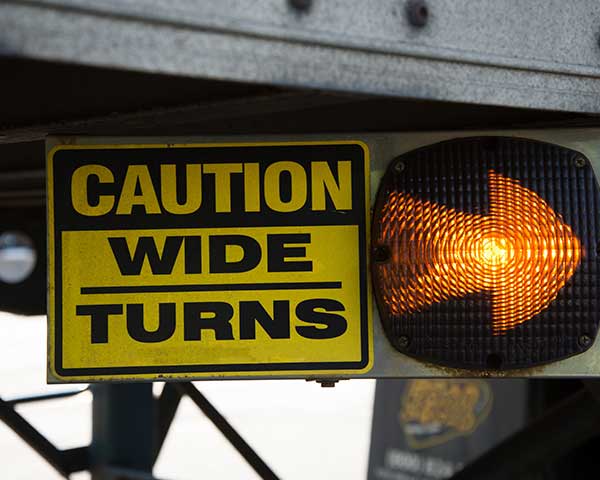
Close quarters maneuvering
Industry
TruckingA special training segment on close quarters maneuvering based on the experiences of large vehicle drivers. Incidents are tracked and patterns are fed back into the training to address emergent issues. See Case 5.
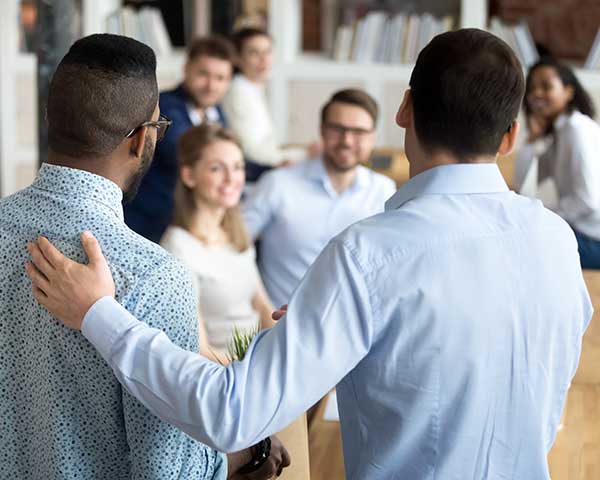
High risk new employees
Industry
TruckingClosely monitor and support new employees (<3 years) until they have mastered the safety basics and are out of the determined risk zone. See Case 5.
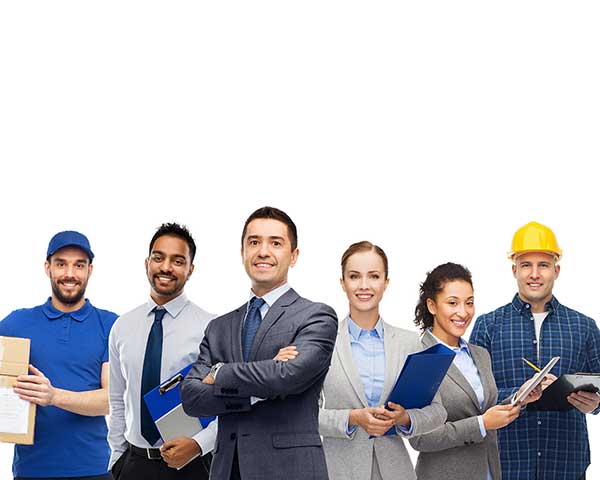
Zero injuries safety goal
Industry
TruckingA company-wide goal of zero injuries set for all employees, not just drivers, to make safety a top priority. See Case 6.

Short cuts undermine safety
Industry
TruckingTaking short cuts can cause an individual to miss necessary precautions and undermine safety. See Case 6.

Safety is 24/7
Industry
TruckingSafety videos are distributed to employees on Sunday night followed by Monday morning "tailgates" to reinforce safety culture. See Case 6.
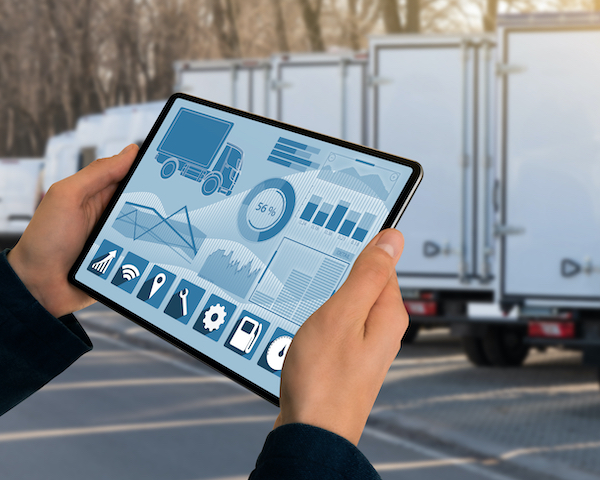
Beneficial monitoring technology
Industry
TruckingMonitoring technology can help fight liability claims and be used as a teaching tool to improve driver behavior. See Case 6.

Cash rewards for safety
Industry
TruckingA substantial cash reward is provided to drivers who avoid preventable incidents during a six-month period. See Case 7.

Modify existing programs
Industry
Safety OrganizationLarger organizations are more likely to create internal training programs by modifying existing programs such as off-the-shelf or borrowed (e.g., government agency) programs based on their observations of incident rates. See Case 15.

Deliver safety messages
Industry
Safety OrganiztionUse multiple communication channels to distribute and reinforce safety messaging to all employees, drivers and stakeholders. See Case 9.

Traffic safety champions
Industry
Safety OrganizationIf an organizational leader becomes a traffic safety champion, it is more likely that person can influence the companies they work with. See Case 9.

Showing crash impact
Industry
TruckingThe vehicle from a railroad intersection crash site is used as a visual safety training aid to demonstrate crash impact. See Case 9.

Peer insights
Industry
Safety OrganizationFinding a safety program from a company with similar values may prompt ideas or examples to try in your own workplace. See Case 8.

Micro-learning stations
Industry
Other IndustryCreate micro-learning stations, like poster sessions, focused on specific aspects of safety training. See Case 10.
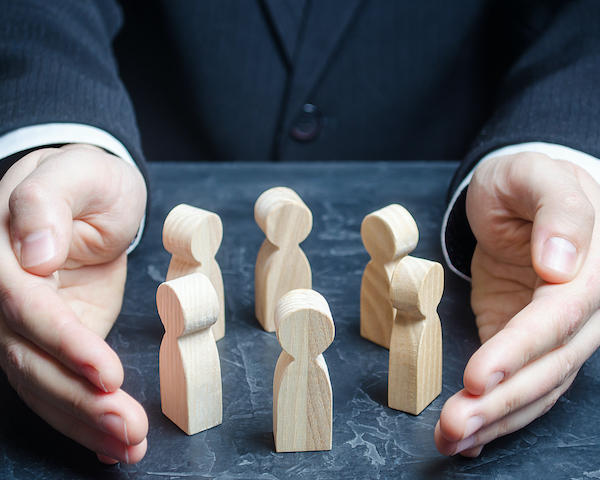
Build a safety philosophy
Industry
Other IndustryEverything at the company occurs sequentially and reinforces a safety philosophy. See Case 10.

No company is too small
Industry
TruckingNo matter the size of a company, it is both morally and fiscally responsible to proactively pursue safety training rather than react to an incident. See Case 12.

Consistent reinforcement
Industry
Other IndustryOngoing behavior training is maintained in a regular stream of reminders, individual driver monitoring and feedback, and targeted retraining. Testing measures such as monthly safety quizzes are used to assess comprehension. See Case 13.

Safety is good business
Industry
Other IndustryA company with a clean safety record can use their record as an effective marketing tool. See Case 13.
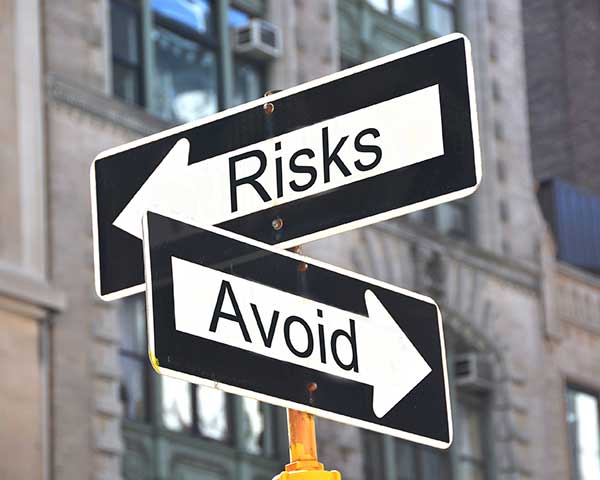
Leading safety indicators
Industry
Other IndustryCreate a program that advocates risk avoidance rather than reducing incidents that consider the field environment and maintain a categorical ranking of driven roads. See Case 14.

Rewards program
Industry
Other IndustryRewards for good safety performance (e.g., hats, prizes) and employee-peer recognition to reinforce safe behaviors. See Case 15.

Inclusive safety climate
Industry
Other IndustryA safety culture that is inclusive and promotes participation by all employees, not just those who drive. See Case 19.

Vehicle inspection
Industry
Other IndustryEncourage drivers to complete a full 360 walk around of the vehicle to stress the importance of visual inspections before driving. See Case 10.

Seasonal/targeted campaigns
Industry
Safety OrganizationCampaigns can be seasonal (e.g., motorcycle campaigns in the summer) as well as situational, by targeting specific groups (e.g. underage impaired driving). See Case 8.

Safety audits
Industry
Transit"No discipline" safety audits are completed every two years. These safety audits are randomly selected single trips via camera monitoring. See Case 4.
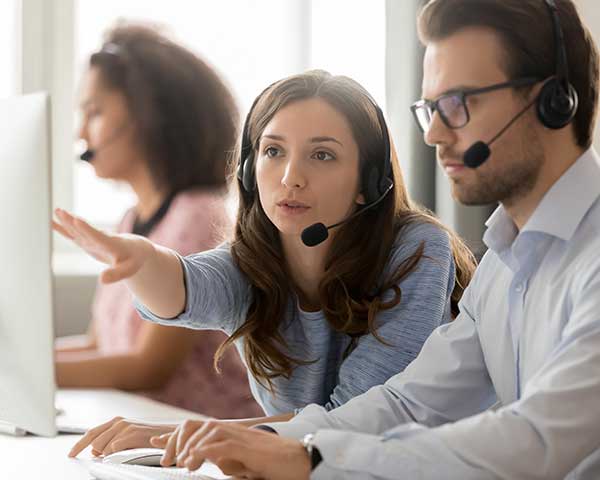
"Fitness for Duty" screenings
Industry
TransitDispatchers and schedulers receive "reasonable suspicion training" and assess each driver's state. They can refer the driver for further assessment or rescheduling. See Case 2.